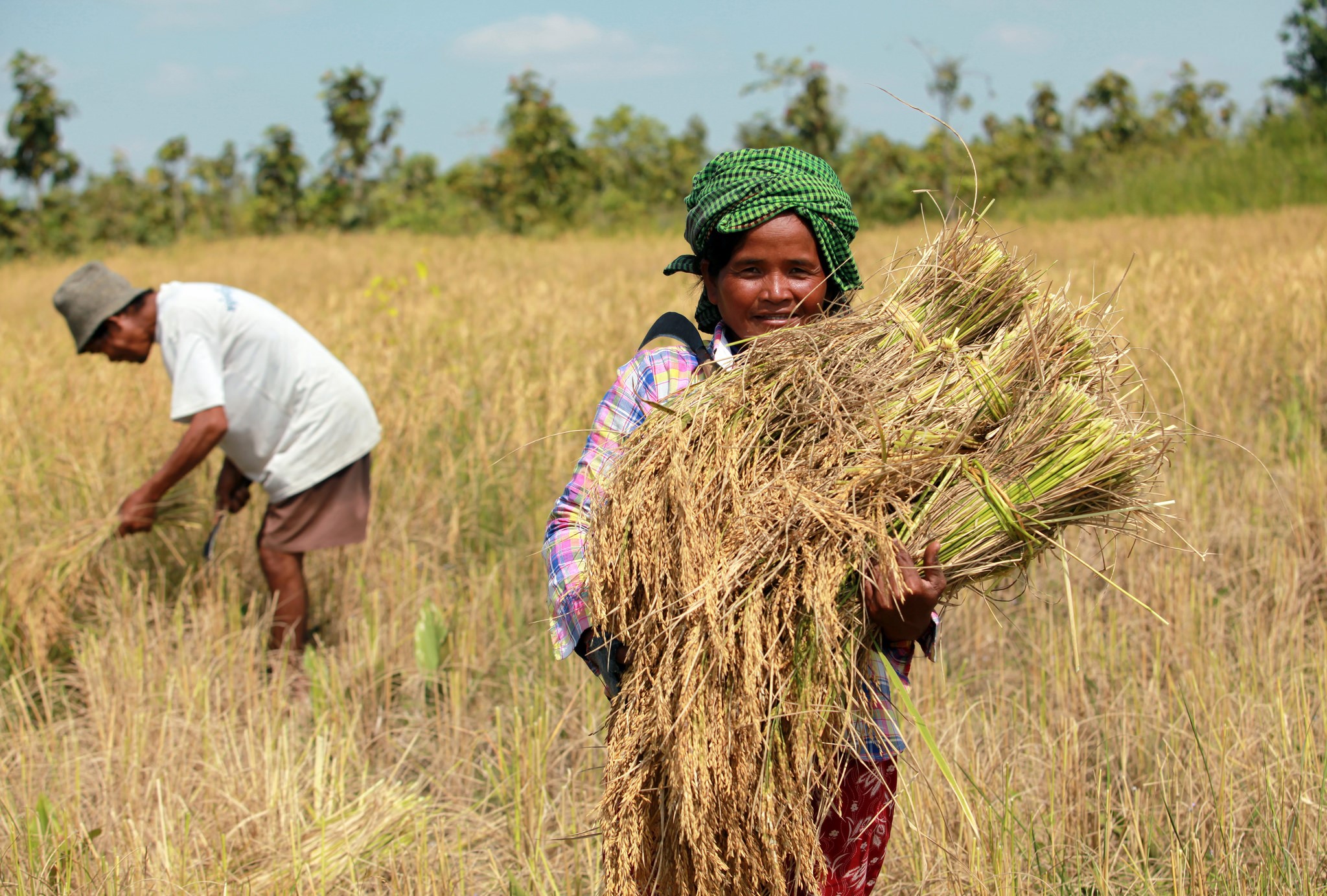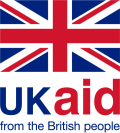You are here
Cambodia

Share
Enhancing Capacity for Livelihoods Development in the Tonlé Sap and Cardamom Mountains Landscape in Cambodia
CHALLENGE
Over the last two decades, Cambodia achieved remarkable economic growth and graduated from a low- to a lower middle-income country. This growth has largely been driven by the country’s rich and diverse natural capital, which supports the livelihoods of millions of Cambodians but is rapidly being degraded from unsustainable use. For instance, agriculture - which is heavily dependent on natural resources and ecosystem services - contributed to 30 percent of GDP in 2015, and the livelihoods of more than five million people. However, according to official estimates, forest cover declined by 21 percent between 2006 and 2014, mainly due to the conversion of forests to agriculture or rubber plantations within economic land concessions.
To counter the rapid decline in forest area, the Royal Government of Cambodia has adopted several policies, strategies and plans to encourage improved forest use and protection. While these changes are positive, many institutional, information and investment challenges remain. In particular, more comprehensive cost-benefit analyses are needed to assess potential investments in sustainable livelihoods and ecosystem services. In addition, implementation of an integrated landscapes approach to forest programming requires strengthening institutional capacities at the national and subnational levels, as well as improving information and decision-support systems.
APPROACH
The key components of this activity will be:
- The development a national forest monitoring system. Efforts will be made to coordinate with complementary efforts by other development partners and NGOs, to bring together maps and data on forestry, land use, biodiversity, ecosystems, water resources, and soil conditions, to effectively inform decision-making at the local levels. Spatial mapping platforms and GIS resources will be used to compile an interface for informing suitable and sustainable livelihoods and projecting impacts from climate change and economic development.
- Carrying out an institutional development needs assessment, at the national and sub-national levels. It will include the identification of implementation needs for operationalizing the government’s new “corridors approach” for the integrated management of forest landscapes, as well as for anticipated reforms to the environmental code and the framework on the co-management of forests and natural resources.
- Undertake an options assessment of investments in sustainable livelihoods and natural assets. This will help determine the various livelihoods options that could be implemented to build community resilience, protect natural resource assets, and promote a sustained and green growth pathway in the Tonle Sap watersheds and Cardamom Mountains landscapes. The PROFOR Forest Poverty Toolkit will be applied, building additional layers of detail specific to Cambodia, including through by using key informant interviews and focus group discussions. Based on these findings, policy recommendations will be generated on the way forward for landscape-level planning, programming, and investment typologies.
RESULTS
- Ecosystem services analysis: Time series analysis of trends in forest conversion and forest degradation were developed with spatial analysis of drivers of change; assessment of the erosion and sediment regulation services provided by the forest in the Cardamoms; and assessment of priority areas in the Cardamoms for water regulation were undertaken. Maps of erosion and sediment regulation, and water provisioning ecosystem services were produced. These results were discussed with the government and are being refined with additional observed data on water flow. The analyses are included as a report (sent to PROFOR), and the database of ecosystem service maps will be subsequently developed.
- Stocktaking exercise: Stocktaking was undertaken on land use, non-timber forest product (NTFP) value chains, forest ecosystem services, and ecotourism in the CMTS. The aim of the stocktaking was to review and collate key findings, lessons and recommendations on work that had been done in Cambodia on these four topics. This stocktaking provided inputs for the subsequent ecotourism analysis, and the NTFP value chains analysis. The results of the stocktaking are included in a report that is the final report of the stocktaking activity. Report can be accessed at HERE:
- Ecotourism analysis. Building on the stocktaking analysis on ecotourism in the CMTS, further analysis was undertaken on ecotourism, and the results of these have been developed as five reports which are described below. The results were discussed with the Cambodian government prior to finalization.
- Priority Investments for Ecotourism Development in Cambodian Protected Areas – Report describes investments in skills building, capacity development, infrastructure and services that are needed to develop ecotourism in protected areas. Investments were determined based on stakeholder consultations including provincial governments, community organizations, and Ministries of Environment, Rural Development, and Tourism.
- Ecotourism Development and Management Models in Cambodian Protected Areas – Report provides an overview of ecotourism in Cambodia, providing insight into the history of its development and the major strategies of the Cambodian government to develop ecotourism. The report also includes an assessment of existing models of ecotourism in Cambodia, and recommendations the type of models for ecotourism development in Protected areas for community groups, private sector, joint private and community ventures and PPPs.
- Mapping and prioritizing sites for ecotourism development. Report describes the multicriteria decision analysis process that was used to prioritize sites for ecotourism development.
- Review of the Legal and Regulatory Framework for Ecotourism. Report provides an assessment of the laws and policies supporting ecotourism development in Cambodia and provides recommendation on improvements needed in the legal and regulatory framework.
- Enabling Private Sector Investment in Ecotourism. Report provides an overview of key markets segments for tourism and Cambodia; an assessment of the main challenges for tourism and ecotourism in Cambodia; assessment of the challenges and barriers facing private sector in tourism in Cambodia; and recommendations and preliminary strategy for enabling private sector in ecotourism in Cambodia. The work was developed through desktop research and consultations with private sector.
- NTFP Analysis: Value chain analysis of bamboo, cardamom and rattan were undertaken, and recommendations provided for enhancing these value chains are included in two reports for NTFP Value Chain Analysis. A working paper—Promotion of NTFP Value Chain in the CMTS Landscape was also developed drawing the value chain analysis; available here. Results of the value chain analysis were presented and discussed during meetings with the government in September 2019. Reports are here: “NTFP Value Chain Analysis” Phase II - Value Chain Studies and “NTFP Value Chain Analysis” Phase I - Prioritization of NTFPs
For stories and updates on related activities, follow us on twitter and facebook, or subscribe to our mailing list for regular updates.
Last Updated : 06-08-2020








